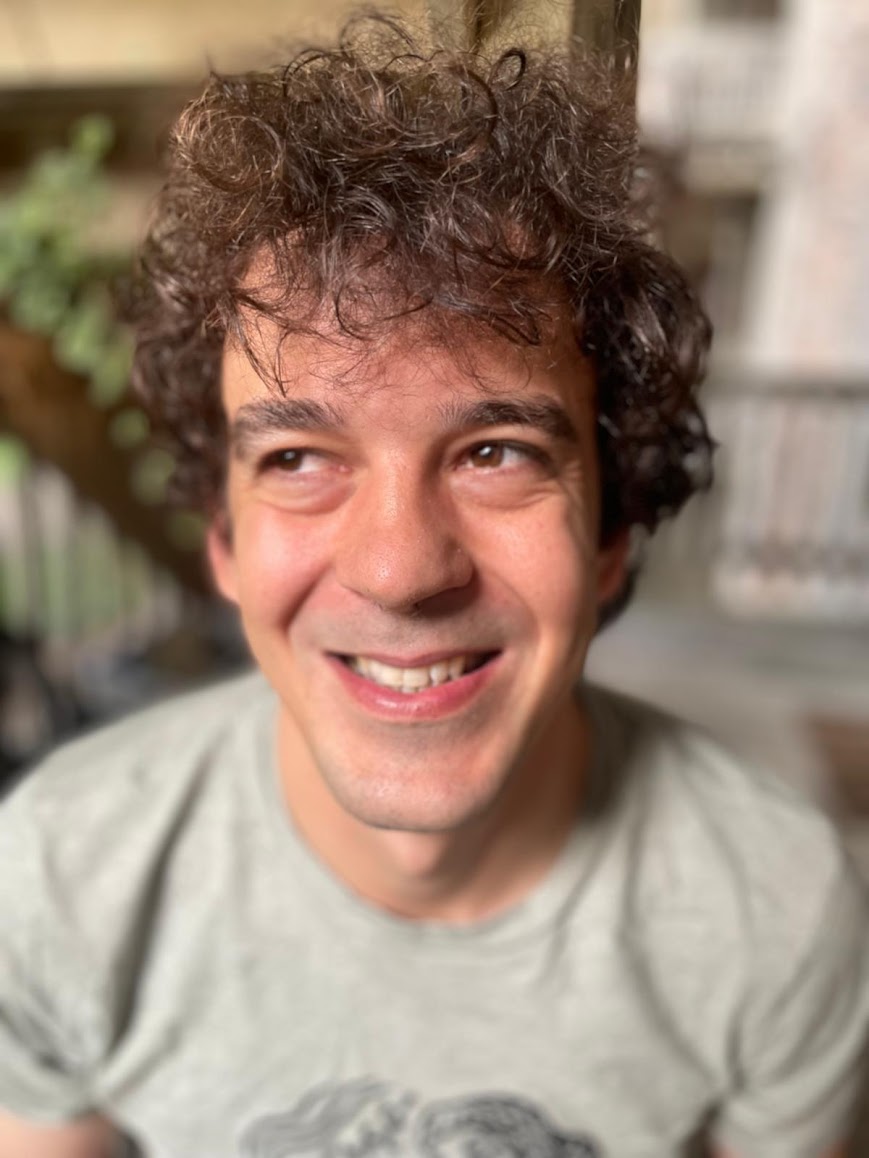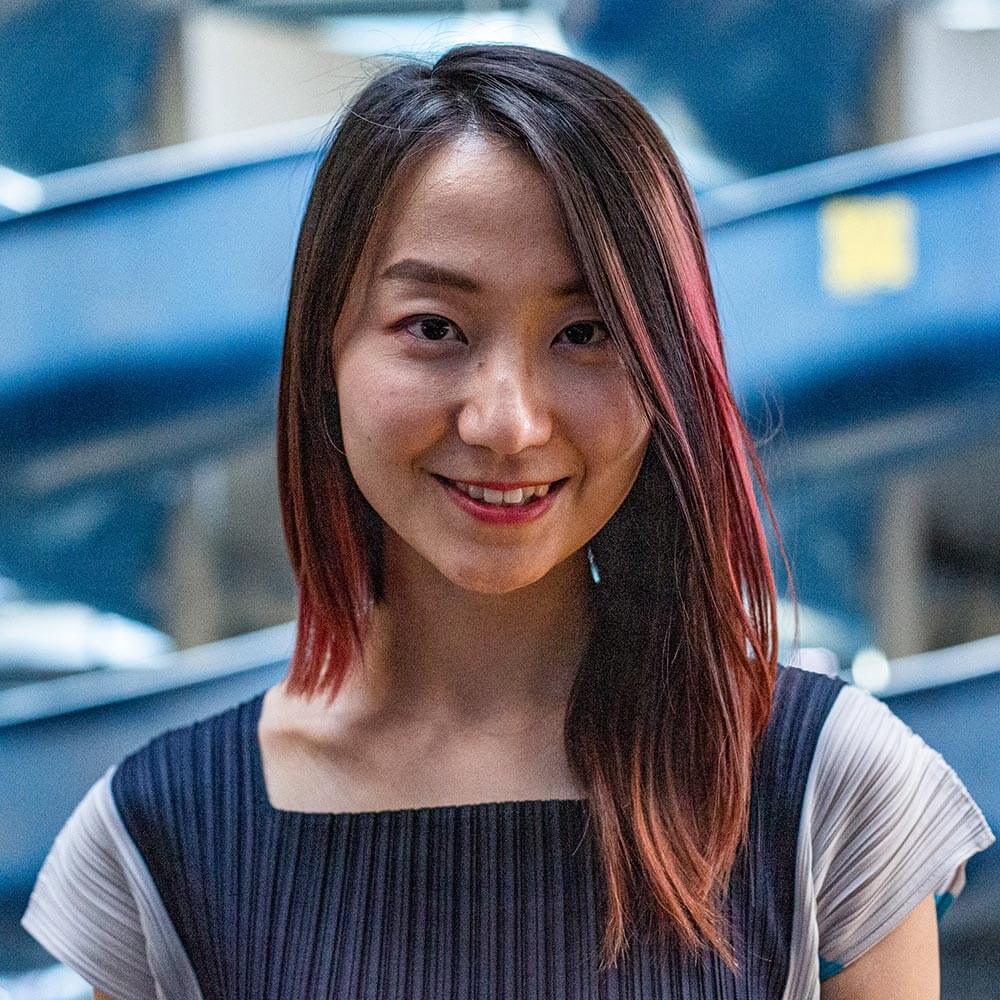Explore 17 million papers as a universe of knowledge.
Explore Without Limits
Navigate 17 million research papers mapped as stars, transforming traditional search into an open, immersive journey of discovery.
Foster Curiosity
Encourage playful exploration and creative wandering that inspires both scholars and independent learners.
Uncover Intersections
Reveal hidden connections across disciplines and surface underexplored gaps that spark new ideas and innovation.
Save & Share Discoveries
Bookmark constellations, collect findings, and turn solitary exploration into collaborative reflection.
Loading walkthrough...
Summary
Research, re-imagined.
The Knowledge Cosmos is both a tool and an artwork: an immersive, data-driven visualization of 17M papers, turning exploration into wonder.
Who it's for
The Knowledge Cosmos turns complex research into an explorable universe, making discovery engaging for students, educators, artists, and independent learners alike.
Students
Explore beyond search engines and uncover new fields connect in one visual universe.
Educators
Bring interdisciplinarity to life with an engaging tool that sparks curiosity in the classroom.
Artists & Creatives
Find unexpected inspiration in research constellations that reveal new themes and metaphors.
Interdisciplinary Learners
Discover knowledge on your own terms, with accessible pathways into complex ideas.
Features
How does it Work?
Enter the Universe
Zoom into a starfield of 17 million scientific papers and begin your journey of discovery.
Filter and Focus
Use filters by discipline, time, or topic to bring clarity to complex constellations.
Reveal Connections
See how fields intersect, uncover hidden gaps, and spark new ideas across disciplines.
Collect and Share
Save discoveries, build custom constellations, and share insights with peers or students.
What's Next
Chart Your Next Discovery
Have a digitized collection? We can build a cosmos for you.
The Knowledge Cosmos invites you to empower users to experience knowledge not just as information, but as discovery.

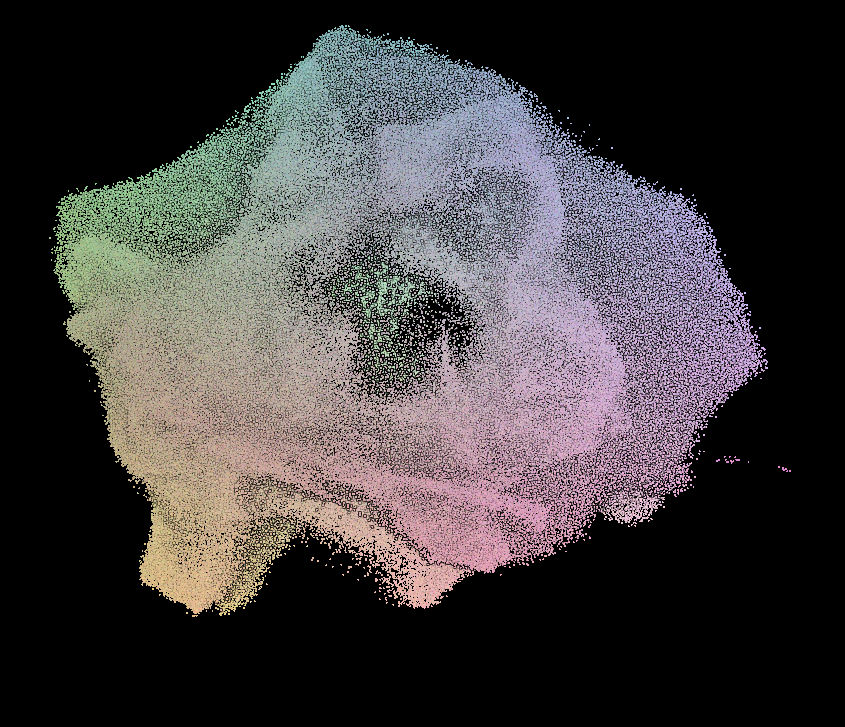
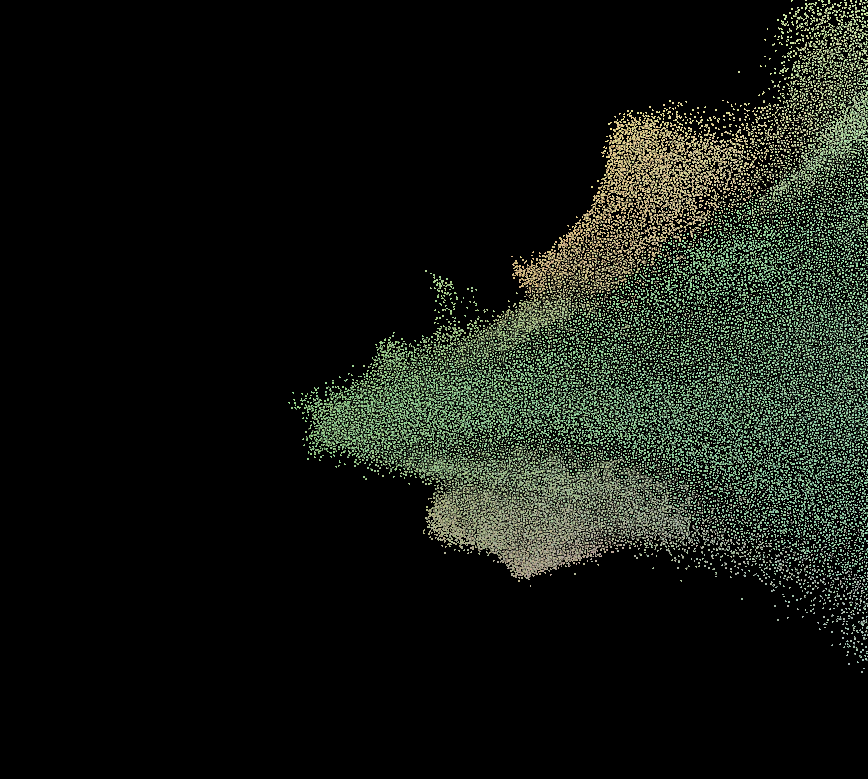
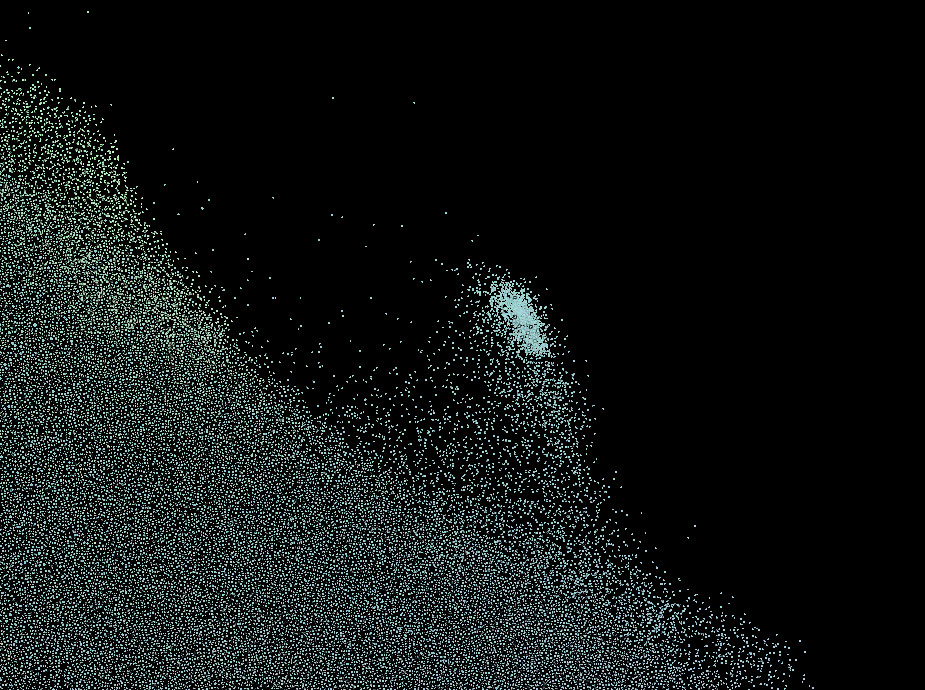




Team
Who We Are
A multidisciplinary team passionate about transforming how we explore and understand the vast universe of human knowledge.
PhD Sociologist and NASA AI engineer, passionate about exploring new ideas in the development and understanding of knowledge.
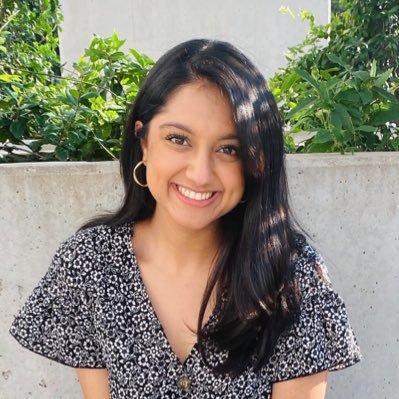
Rifaa Tajani
Designer
Design Engineer at Harvard, passionate about creating interdisciplinary systems and experiences that foster resilience, connection, and belonging.
Designer at IBM with expertise in Human-Computer Interaction and Engineering, committed to developing, sustaining, and empowering communities on local and global levels.
Artist, designer, and professor whose interdisciplinary work bridges art, technology, and ecology to explore multispecies collaboration, embodied intelligence, and ethical futures through XR, AI, and biodesign.
Connect with us
Reach out to explore how The Knowledge Cosmos can bring interdisciplinary discovery and inspiration to your classroom, gallery, or research community.
Get in Touch